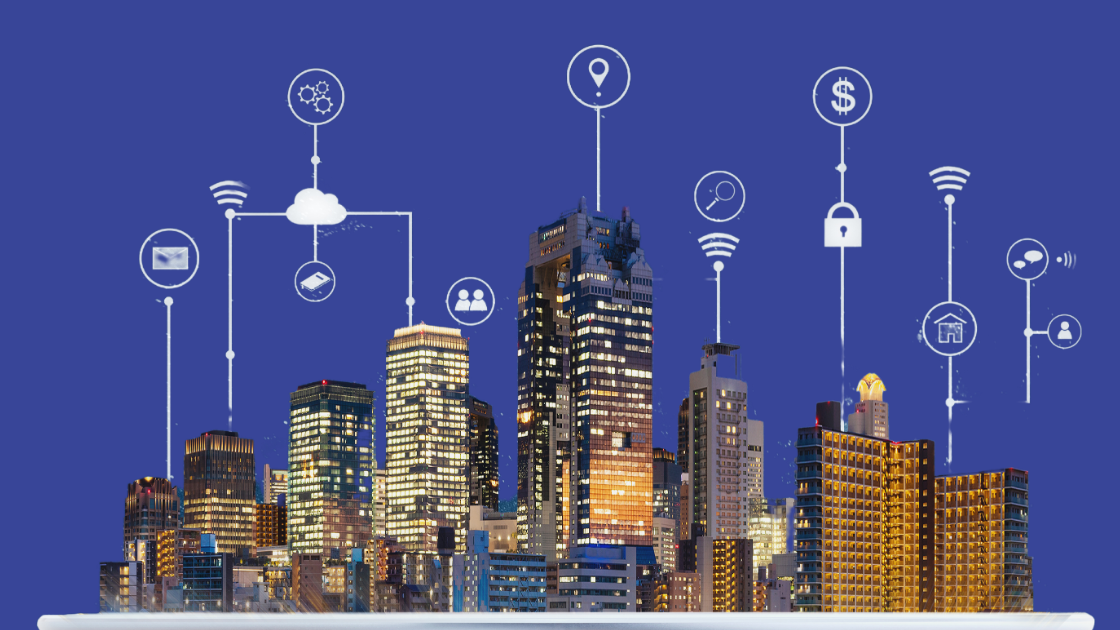Planning and Design Considerations
A successful BMS implementation starts with a well-defined plan. Clearly outline your goals, objectives, and desired functionalities. Consider factors like building layout, system integration requirements, and future expansion plans. A thorough design phase ensures a smooth and efficient installation process.
Installation and Commissioning
Once the planning is complete, it's time to bring your BMS to life. This involves the physical installation of hardware components, network infrastructure, software configuration, and system testing into your smart buildings. Commissioning ensures that all systems are properly integrated and functioning as intended, laying the foundation for optimal performance.
Ongoing Maintenance and Support
Building Management Systems are a long-term investment that requires ongoing care. Regular maintenance, including software updates, hardware checks, and system calibrations, ensures continued efficiency and reliability. Partnering with a reputable vendor for ongoing support and troubleshooting provides peace of mind and minimises potential downtime.
Trends and Advancements in BMS Technology
Building Management Systems (BMS) are constantly evolving, embracing new technologies to create smarter, more energy efficient, and sustainable buildings. Here's a glimpse into the future of BMS:
Cloud-Based BMS Solutions
Cloud-based BMS solutions offer greater flexibility, scalability, and accessibility. Manage your building from anywhere with an internet connection, access real-time data, and enjoy automatic software updates.
Internet of Things (IoT) Integration
Connect your BMS to a network of smart devices and sensors for unparalleled control and automation. From smart thermostats and lighting fixtures to occupancy sensors and environmental monitors, the Internet of Things (IoT) empowers your BMS with granular data and intelligent automation capabilities.
Artificial Intelligence (AI) and Machine Learning (ML) for Predictive Maintenance
Imagine a full BMS system that can predict and monitor equipment for failures before they happen. Artificial Intelligence (AI) and Machine Learning (ML) are transforming BMS with predictive maintenance capabilities. By analyzing historical data and identifying patterns, these technologies can anticipate potential issues, enabling proactive maintenance and minimizing costly downtime.
Focus on Sustainability and Green Building Certifications
As sustainability takes center stage, BMS plays a crucial role in achieving green building certifications. Optimize the energy use and consumption, reduce water usage, and monitor indoor environmental quality to meet stringent sustainability standards and contribute to a healthier planet.
Building Management System Alternatives
While Building Management Systems (BMS) offer a comprehensive approach to building control and optimization, there are alternative solutions available for those seeking more specialized or scaled-down options. These alternatives might include individual systems for specific functions like HVAC or lighting control, energy management software focused solely on monitoring consumption, or even smart home automation for residential applications. The choice often depends on the building's size, complexity, budget, and specific needs.
Conclusion: The Future of BMS
The future of building management is undeniably intelligent. BMS are evolving from basic building automation control systems to sophisticated platforms that create truly smart buildings. These smart buildings will not only be comfortable and efficient but also capable of adapting to the needs of occupants and the environment.
Data analytics will play a crucial role in this evolution, providing valuable insights into building performance and empowering data-driven decisions. This data-centric approach will drive optimisation efforts, leading to more sustainable building operations, reduced energy consumption, and a minimised environmental impact.
As technology continues to advance, we can expect even greater integration, automation, and intelligence in BMS, paving the way for a new era of smart, sustainable, and human-centric buildings.
Building Management System FAQs
What is a Building Management System?
A Building Management System (BMS) is a sophisticated computer-based system that acts as the central control hub for a building's essential functions. It monitors and manages building systems, including HVAC (heating, ventilation, and air conditioning), lighting, security, fire safety, and energy consumption. Think of it as the brain of your building, ensuring optimal comfort, efficiency, and safety for occupants.
What is BMS and how does it work?
A BMS works by collecting data from sensors placed throughout the building. These sensors monitor parameters like temperature, humidity, occupancy, and light levels. This data is then processed by a central controller, which makes decisions based on pre-programmed settings or user input. The controller then sends commands to actuators, which are devices that physically control things like valves, dampers, and switches, adjusting building systems accordingly.
What does BMS stand for in buildings?
BMS stands for Building Management System. It's sometimes also referred to as a Building Automation System (BAS).
What is the difference between BMS and IBMS?
While the terms BMS and IBMS are often used interchangeably, there is a subtle distinction.
-
Building Management Systems (BMS): Traditionally focuses on monitoring and controlling the building's core mechanical and electrical systems, such as HVAC, lighting, and security.
-
IBMS (Integrated Building Management System): Takes integration a step further by incorporating a wider range of systems, including fire safety, access control, energy management, and even business applications. IBMS aims to create a truly intelligent building that can adapt to changing needs and optimize performance across all functions.
Essentially, IBMS can be seen as a more advanced and comprehensive evolution of BMS, with a greater emphasis on integration and intelligent automation.














